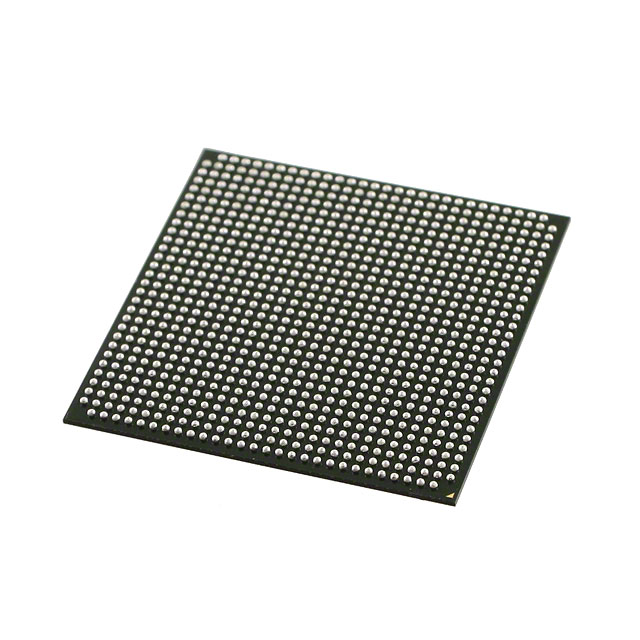Release Date: 08-01, 2024
The 5ASXBB5D4F31C5G chip, developed by Altera (now part of Intel), is a standout choice in the realm of Field-Programmable Gate Arrays (FPGAs). Known for its high performance and versatility, this chip is used in a variety of applications, from communications and automotive to industrial control and consumer electronics. In this guide, we’ll explore why the 5ASXBB5D4F31C5G chip is exceptional and provide solutions to common issues you might encounter.
The 5ASXBB5D4F31C5G chip boasts impressive performance capabilities. With a high-speed architecture and substantial logic resources, it excels in handling complex computations and data processing tasks. This performance is essential for applications requiring real-time processing and high-speed data handling.
Featuring a significant number of logic elements, the 5ASXBB5D4F31C5G offers ample space for implementing intricate designs. This large logic density supports the creation of sophisticated digital systems, including custom processors, signal processors, and complex control systems.
The chip supports a wide range of I/O standards and configurations. This flexibility allows it to interface with various external devices and systems, making it suitable for diverse applications. Whether you need high-speed serial communication or parallel data transfer, the 5ASXBB5D4F31C5G can accommodate your requirements.
Despite its high performance, the 5ASXBB5D4F31C5G is designed with power efficiency in mind. It offers low power consumption options, which is crucial for battery-powered devices and energy-sensitive applications. This efficiency helps reduce operational costs and prolongs the lifespan of battery-operated systems.
The chip integrates numerous features into a single package, including embedded multipliers, memory blocks, and digital signal processing (DSP) units. This high level of integration reduces the need for additional components, simplifies design, and enhances overall system performance.
Altera provides comprehensive design tools and support for the 5ASXBB5D4F31C5G chip. These tools include the Quartus Prime software suite, which offers an intuitive environment for designing, simulating, and optimizing FPGA-based systems. The robust design tools streamline development and enhance productivity.
Problem: The chip exhibits inconsistent performance or unexpected behavior during operation.
Solution:
Problem: The chip runs out of logic resources or memory during operation.
Solution:
Problem: The chip experiences issues with I/O configuration or interfacing with external devices.
Solution:
Problem: The chip consumes more power than expected.
Solution:
Problem: Errors or issues occur during the design and synthesis process using Quartus Prime software.
Solution:
Problem: The chip's performance is affected by temperature variations.
Solution:

The 5ASXBB5D4F31C5G chip is a top choice for high-performance FPGA applications due to its impressive features, including high performance, large logic density, flexible I/O configuration, and low power consumption. By understanding and addressing common problems such as inconsistent performance, logic resource exhaustion, and I/O configuration issues, you can ensure optimal operation and reliability of this versatile chip.
For more detailed information or specific troubleshooting assistance, consult the chip’s datasheet and Altera (Intel) support resources. With the right approach, the 5ASXBB5D4F31C5G chip will continue to deliver exceptional performance and meet the demands of your complex applications.